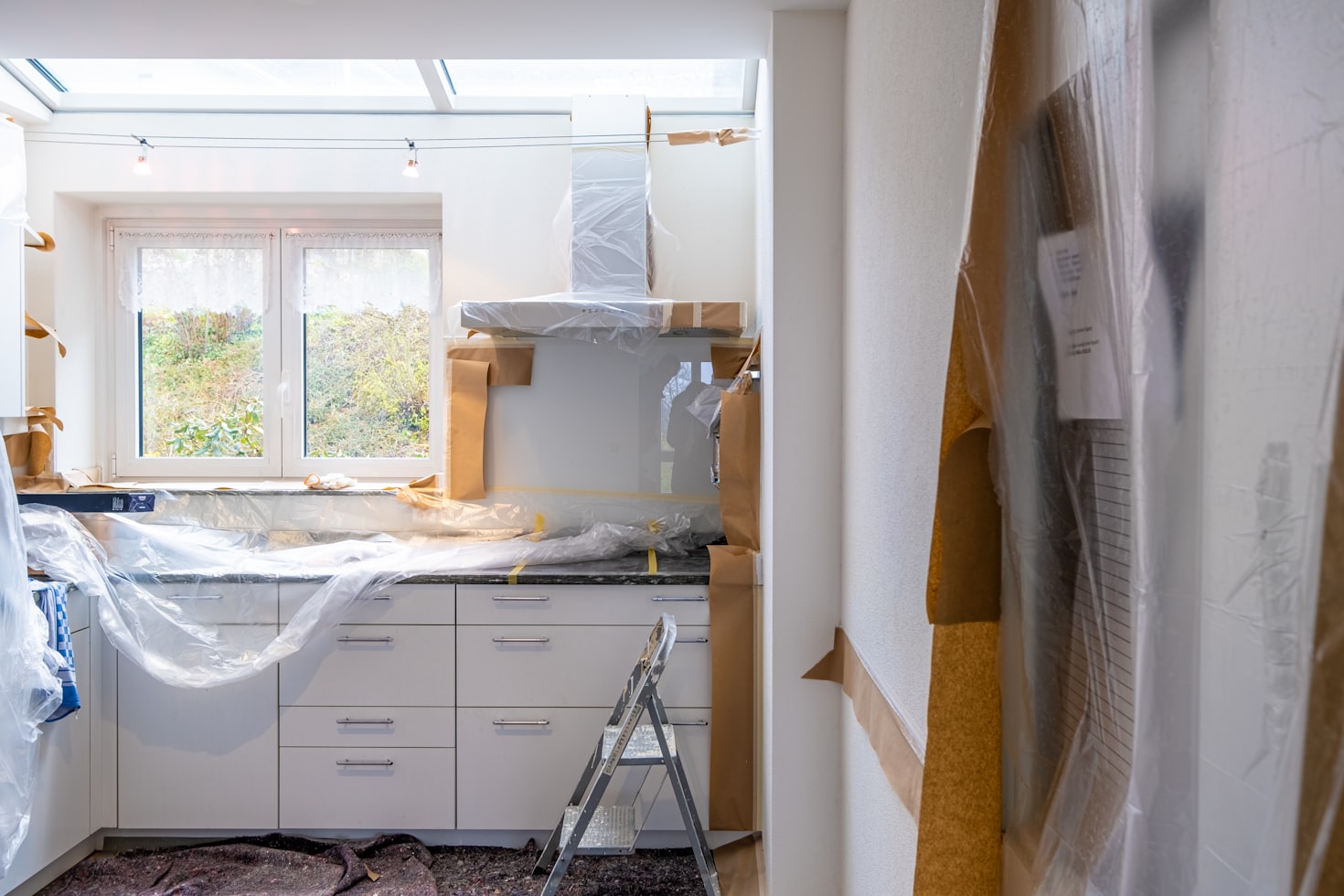The world of real estate investment is alluring, with fix and flip projects standing out as one of the most popular avenues for potential investors. However, like any investment, fix and flip ventures are not immune to myths and misconceptions that can cloud judgment and hinder success.
Let’s explore some of the most common myths surrounding fix and flip real estate investing, separating fact from fiction for a clearer understanding.
Myth 1: Fix and Flip is a Quick and Easy Way to Make Money
Reality: While fix and flip projects have the potential for substantial profits, the process is far from quick or easy. Many TV shows depict successful flips in a matter of weeks, but in reality, these projects often require months of meticulous planning, execution, and marketing.
Unexpected challenges, such as construction delays, permit issues, or unforeseen repairs, can significantly impact timelines and budgets. Success in fix and flip investing demands patience, dedication, and a realistic understanding of the complexities involved.
Myth 2: You Need a Background in Construction or Real Estate
Reality: While a background in construction or real estate can be advantageous, it is not a prerequisite for success in fix and flip investing. Many successful investors come from diverse professional backgrounds and have learned the ins and outs of the industry through experience and education.
The key is to assemble a reliable team of professionals, including contractors, inspectors, and real estate agents, to fill in knowledge gaps and ensure a smooth process. Effective project management and a keen eye for market trends are often more critical than hands-on construction skills.
Myth 3: Flipping is Only for Wealthy Investors
Reality: While fix and flip projects can require a significant capital investment, it’s a misconception that only wealthy individuals can participate. Various financing options, such as traditional mortgages, hard money loans, or partnerships, make fix and flip accessible to a broader range of investors.
Success in flipping is not solely determined by the size of the initial investment but by strategic decision-making, market analysis, and efficient project management.
Myth 4: The Best Deals are Found in Hot Markets Only
Reality: While hot markets can offer lucrative opportunities, fix and flip success is not exclusive to booming real estate markets. Investors can find profitable deals in various market conditions, including stable or declining markets.
The key lies in thorough market research, identifying emerging neighborhoods, and understanding the unique characteristics that make a property a worthwhile investment. A well-researched approach can yield profitable outcomes even in less hyped markets.
Myth 5: Over-Improving a Property Guarantees Higher Profits
Reality: It’s a common misconception that the more money spent on renovations, the higher the potential profits. However, over-improving a property can lead to diminishing returns. Savvy investors focus on strategic renovations that enhance a property’s value without exceeding the neighborhood’s price ceiling.
Understanding the local market and the preferences of potential buyers is crucial to strike the right balance between upgrades and profitability.
Myth 6: Flipping is Always Profitable
Reality: While fix and flip projects have the potential for substantial profits, not every project guarantees success. Market fluctuations, unexpected expenses, or poor project management can lead to financial losses.
Mitigating risks involves thorough due diligence, conservative financial planning, and having contingency plans in place. Wise investors understand that not every project will result in a significant profit, and they diversify their portfolios to spread risk effectively.
Myth 7: All Renovations Add Value
Reality: Not all renovations are equal in terms of adding value to a property. Understanding the local market and the preferences of potential buyers is crucial to prioritize renovations that yield the highest return on investment.
While a luxurious kitchen or bathroom renovation might be appealing, it may not necessarily translate into a higher resale value if it exceeds the neighborhood’s standard. Smart investors focus on improvements that align with market demands and bring the most value.
Myth 8: The More Properties You Flip, the More Profitable You’ll Be
Reality: Quantity does not always equate to quality in fix and flip investing. While it’s true that experienced investors may manage multiple projects simultaneously, success is not solely determined by the number of properties flipped.
Quality over quantity is crucial, and taking on too many projects without proper oversight can lead to subpar results. Scaling up should be a strategic decision, considering factors such as market conditions, available resources, and the capacity to manage multiple projects effectively.
Myth 9: It’s All About the Aesthetics
Reality: While curb appeal and interior aesthetics are essential for attracting buyers, overlooking structural issues or neglecting critical repairs can be costly. A well-rounded approach that addresses both cosmetic and structural aspects ensures a property’s overall appeal and value.
Prioritizing a thorough inspection and addressing any underlying issues before focusing on aesthetics is a prudent strategy.
Myth 10: Real Estate Market Trends Do Not Affect Fix and Flip Success
Reality: Fix and flip success is closely tied to real estate market trends. Ignoring market dynamics, such as supply and demand, interest rates, and economic indicators, can lead to poor investment decisions.
Successful investors stay informed about market trends, adapting their strategies to capitalize on opportunities and mitigate risks. Understanding the broader economic context is crucial for making informed decisions and maximizing profits.
Fix and flip real estate investing can be rewarding when approached with realistic expectations and a thorough understanding of the market. By debunking common myths and misconceptions, investors can make informed decisions, navigate challenges, and increase their chances of success in this dynamic and potentially lucrative industry. Remember, knowledge is the key to separating fact from fiction and achieving sustainable profitability in the fix and flip real estate market.
If you’d like to learn more about fix and flip financing or would like to apply for a fix and flip loan in Maryland, Georgia, Kentucky, or any other US state, reach out to us at Insula Capital Group.
Give us a call today!





